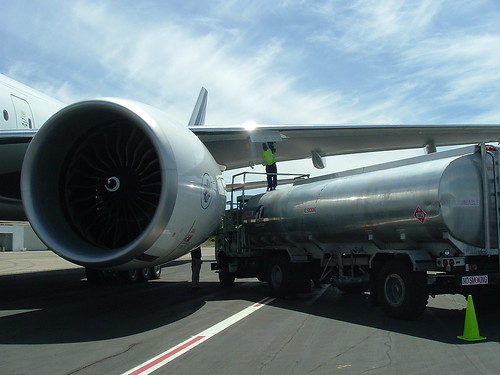
History of Freight
During the Second World War freight movement developed at a considerable rate and enabled the movement of vital supplies and weapons to a destination. After WW2 people who struggled with the aftermath of the war begun to realise just how beneficial air freight is.
Freight Today
The considerable rise in the movement in freight is due to the rise of consumer demand. People tend not to travel long distances for their goods they would much rather pick it up locally or have it delivered to their home address.
Road Freight
Over 90% of freight today is moved by road including long distance runs and regional freight movements. A large proportion of all road freight trips are local movements such as supermarket deliveries or warehouse distribution.
Rail Freight
Rail freight is a key part of the supply chain and helps improve economic efficiency for manufacturers and traders. Each rail container removes 50 Lorries from the roads therefore reducing the environmental impact.
A large proportion of freight is moved by rail. This causes no disruption to the roads or scheduled commuter trains. Freight movement via rail is scheduled to operate mainly during the night when less commuter trains are on the tracks.
Air Freight
The movement of freight via air is an integral part of the worldwide freight system not only because it allows the movement of freight to destinations all over the world but also because it cuts time of freight movement from one destination to another. Air freight services are only used to forward goods of high value or that are time sensitive and accounts for less than 1% of the UK’s international trade.
Sea Freight
Sea freight accounts for 95 per cent of the UK’s international goods movements and is a considerably more cost effective way of forwarding freight than by air. When forwarding freight via sea there are many important factors to take into consideration such as transportation routes and the different shipping rules and documentation requirements.
Throughout the world there are many key shipping routes such as the Suez canal which links the Mediterranean with the Indian Ocean that are designated wholly to the transportation of goods. These sea freight transport canals can halve shipping time.
For worldwide freight services visit http://www.ccfreight.com/
